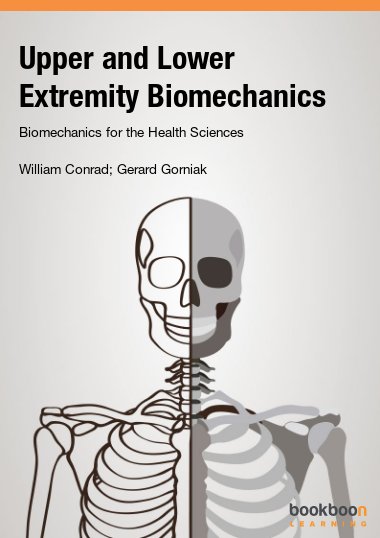This study guide for Biomechanics was developed from over 20 years of course materials used by thousands of students and multiple instructors to teach Biomechanics at 2 Universities and 4 campuses. There are numerous drawings, photographs, diagrams, tables; study questions and learning activities. Topics include basic mechanics; the mechanics of the shoulder complex, elbow complex, wrist complex and hand; the mechanics of the hip, knee, ankle complex, foot, and gait; the mechanics of the spine, posture and the temporomandibular joint. The final section describes the mechanics associated with connective tissues, cartilage, bone, muscle and nerve and the effects of aging on these tissues.

